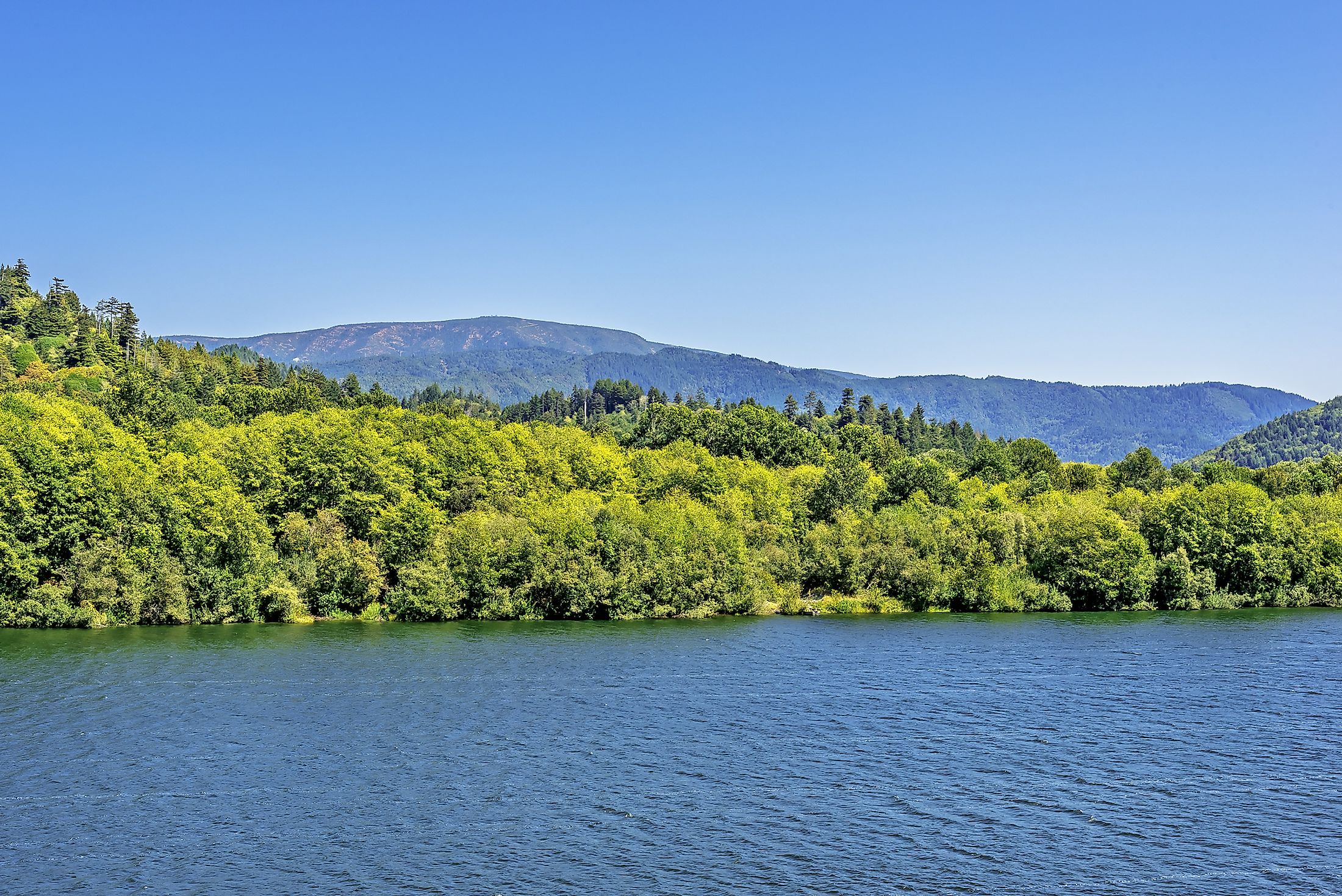
Klamath River
The Klamath River originates from the Upper Klamath Lake, east of the Cascade Range. It then flows for 414km passing through the US State of Oregon and the northern part of the US State of California, finally draining into the Pacific Ocean. Klamath River is California's second-largest river by average discharge and drains a vast area of 41,000 sq. km. At present, the Klamath River serves as an essential water source for agriculture and recreational activities.
Course Of The Klamath River
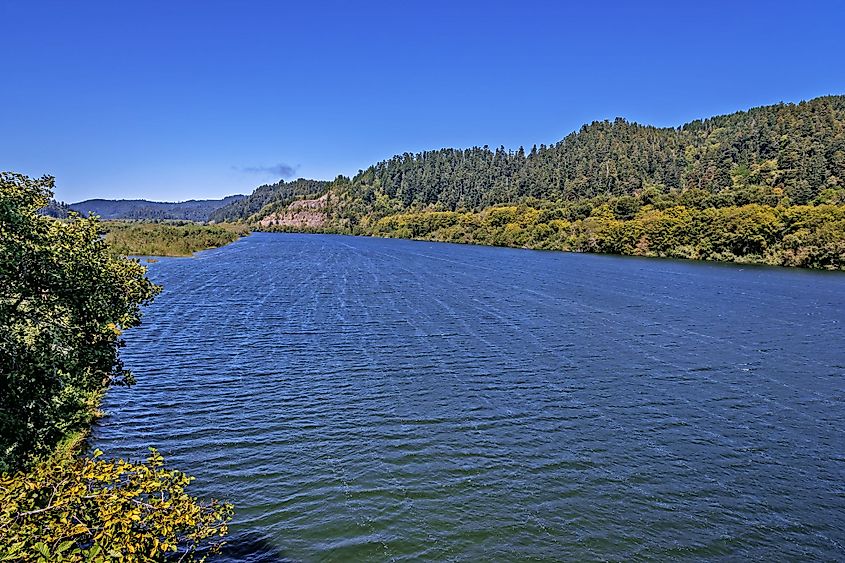
The Klamath River originates from the Upper Klamath Lake in the eastern part of the Cascade Range in south-central Oregon. The river flows southwest through steep mountains in northwestern California and reaches the Trinity River, its largest tributary at Weitchpec, California. Some of the other major tributaries of the Klamath River include Achelth Creek, Scott River, Shasta River, and the Salmon River. The Klamath River finally drains into the Pacific Ocean at the unincorporated community of Requa in California. The Klamath River discharges a maximum of 15,800 cubic meters of water per second.
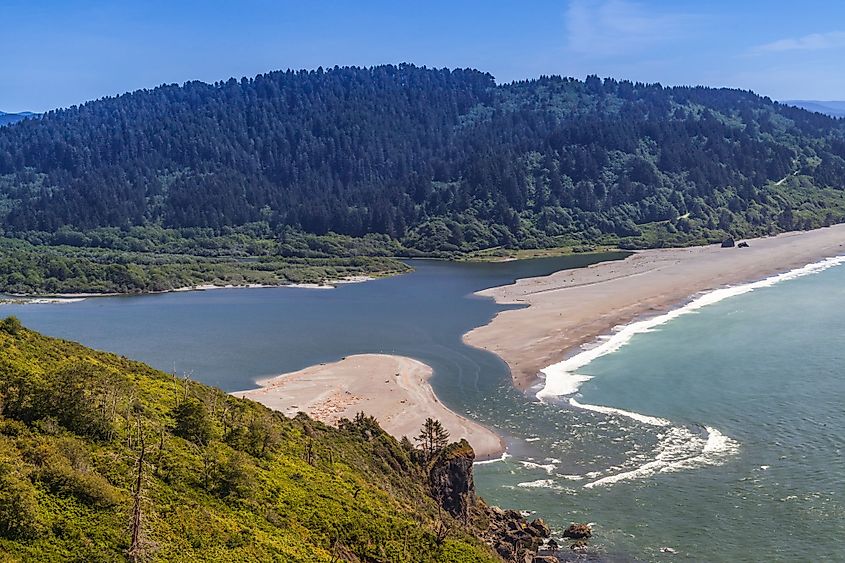
The Klamath River Basin represents the most extensive freshwater wetlands west of the Mississippi River, and because of its importance to fish and wildlife, conservationists have long called it the “Everglades of the West.” The large Klamath Basin includes parts of six counties spread in Oregon and California. Most of the land is managed by federal agencies, especially the Bureau of Reclamation and the Forest Service. Klamath River continues to provide a cultural focus for the west coast fishing industry, dozens of basin communities, and four tribes (Yurok Tribe, Klamath Tribes, Hoopa Valley Tribe, and Karuk Tribe) in the basin.
Klamath River Dams
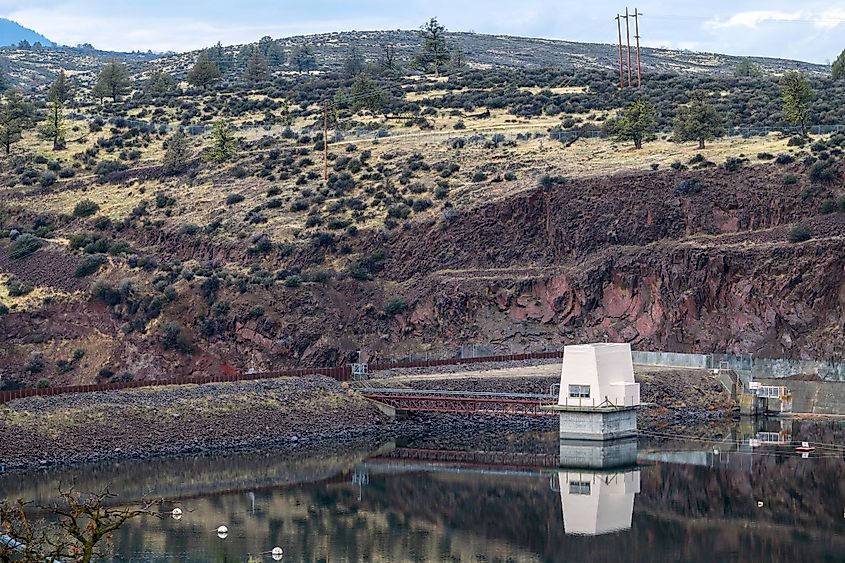
Dams including Iron Gate, Copco built between 1908 and 1962, will be coming down as part of the river restoration project, which aims to benefit the river, salmon, and communities throughout the Klamath Basin. For nearly 100 years, salmon and steelhead were blocked from reaching hundreds of miles of habitat because of the dams, which also harmed water quality for people and wildlife. The dam removal will restore access to more than 300 miles of habitat for salmon. It will also improve water quality as toxic algae are currently accumulating in the reservoirs behind the dams and threaten the health of fish and the people.
Fisheries And Wildlife In The Klamath River
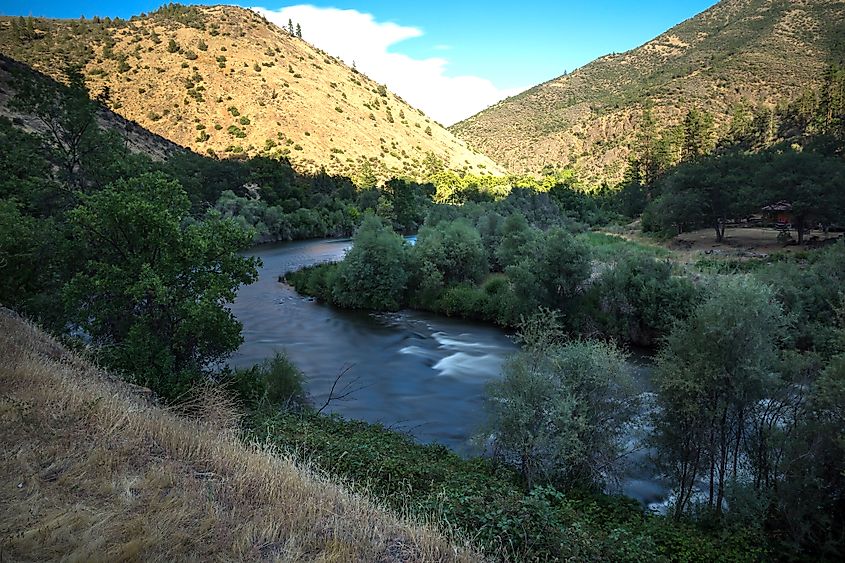
The Klamath River is home to a genetically unique population of rainbow trout, which can survive the river's acidity and naturally high temperatures. The river is one of six rivers in the state and three in the region managed as a wild rainbow trout fishery. In addition, access to prime fishing spots is plentiful. Endangered species, such as shortnose suckers and the Lost River, are dependent on the Klamath River, besides the Klamath largescale sucker.
The habitat in the Klamath River Canyon is exceptionally diverse. The riverine habitat is considered crucial to a variety of mammals and birds. The habitat provides a natural migration corridor for various raptors, and the extensive rimrock is suited to raptor nesting. Moreover, the large conifers in the canyon provide nesting and roosting locations for bald eagles and osprey. The canyon has caves that bat species use for nursing and roosting spots. In addition, the extensive oak forest and grasslands in the area are essential to large numbers of wintering non-game birds. The river nourishes a diversity of habitats that provide for an exceptional population of birds of prey, game and other avian species, river otters, ringtail cats, and many other animals. Several threatened or endangered species are dependent on the Klamath River for their continued survival, such as prairie and peregrine falcons, bald and golden eagles, and Townsend's big-eared bats. Other notable residents include Lewis's and acorn woodpeckers, ospreys, and western pond turtles.
Brief History Of The Klamath River
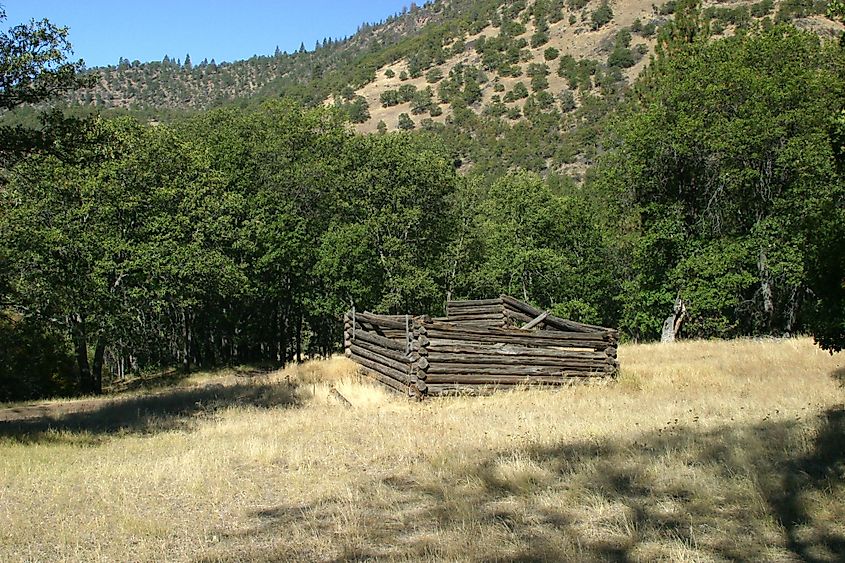
A considerable amount of evidence confirms that Native Americans have used the Klamath River Canyon for at least 7000 years, both as a location for vision quests, curing and ceremonies, spiritual preparation, and a place to make a living. The Klamath Tribes and Shasta Nation consider the canyon sacred and of immense spiritual significance. The burial sites in the area increase the spiritual significance for both groups and allow their spiritual leaders to prepare for healing and religious ceremonies. There are over forty prehistoric sites in the canyon, including burial grounds and camps, offering important opportunities to learn about the area's history. There is evidence of three or four Native American tribes’ use of the river, and the area has earned the distinction of being eligible for the National Register of Historic Places as an Archaeological District.











